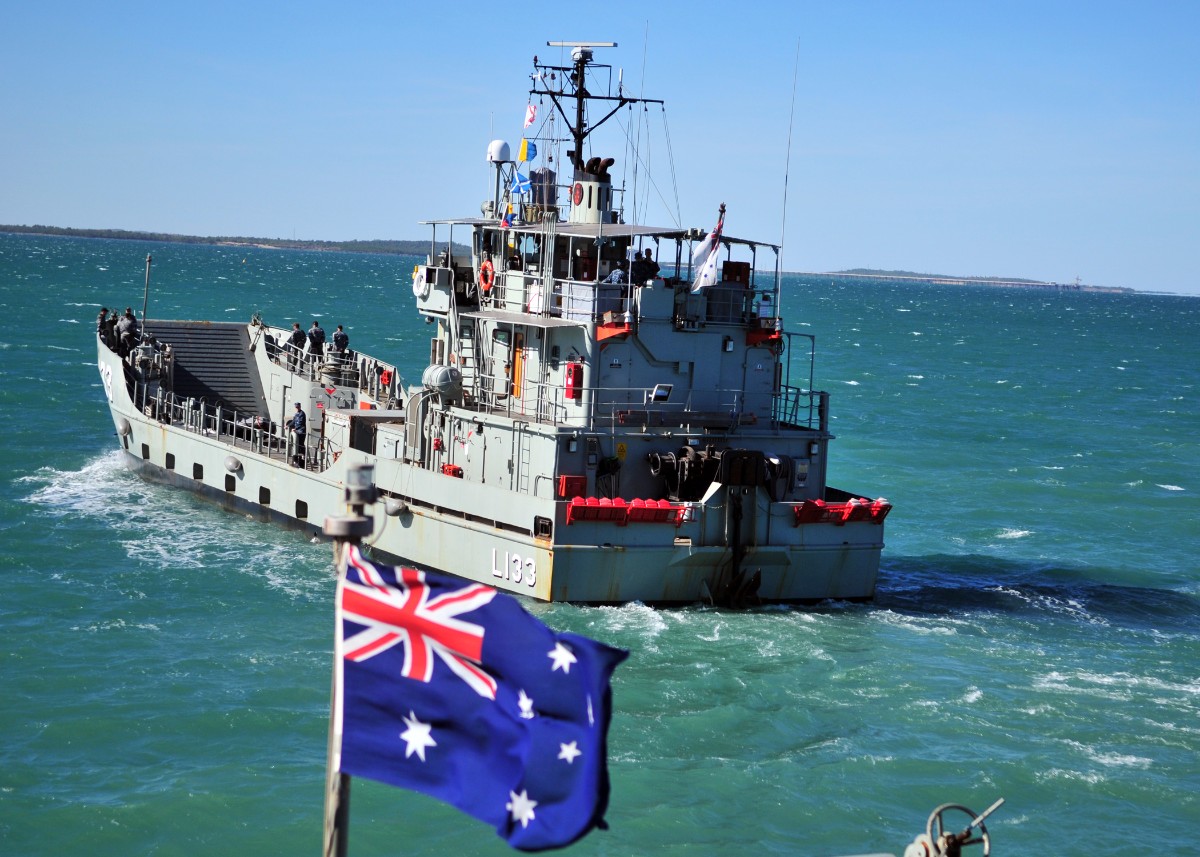 Image courtesy of U.S. Department of Defense
Image courtesy of U.S. Department of Defense
Timor-Leste: The Key to the South China Sea
Separating the coasts of Australia and the small nation of Timor-Leste is an oil-rich Timor Sea that lacks a permanent maritime boundary between both countries. Concerned about its sovereignty, as well as its national and economic security, the Timorese Government approached the United Nations in April of 2016 to begin a formal conciliation process. Fighting for its fair share of the sea’s resources, Timor-Leste claims that the current arrangement between both countries, primarily based on the Timor Sea Treaty, is in violation of the U.N. Convention on the Law of the Sea. Furthermore, Timor-Leste has suggested that U.S. engagement in the maritime dispute would strengthen its efforts in countering China in the South China Sea dispute.
Currently, Timor-Leste is in possession of ninety percent of the Joint Petroleum Development Area (JPDA), according to the Timor Sea Treaty. Nonetheless, the treaty does not determine the sovereignty and maritime boundary between the two countries. Maritime boundaries are defined and established by the U.N. Convention on the Law of the Sea. According to the Law of the Sea, Timorese Prime Minister, Rui Mario de Araujo, argues that all of the resources belong to Timor-Leste, given that the fields are less than 100 miles from their nation, but almost 300 miles from Australia. Timor-Leste’s legal argument is based on the principle of equidistance established in Section 2, Article 15 of the Law of the Sea, which states:
“Where the coasts of two States are opposite or adjacent to each other, neither of the two States is entitled, failing agreement between them to the contrary, to extend its territorial sea beyond the median line every point of which is equidistant from the nearest points on the baselines from which the breadth of the territorial seas of each of the two States is measured…”
In this case, Australia, like China, refuses to recognize the jurisdiction of the international court responsible for resolving disputes related to the delimitation of maritime zones.
After the Australian government continued to reject Timor-Leste’s invitations to negotiate, Prime Minister Araujo attempted to appeal to Congress and the State Department by asking the U.S. to engage with their allies in Australia to help resolve the issue. Timor-Leste presented a strategic argument, drawing comparisons to China in the tense South China Sea dispute, to encourage U.S. involvement. Agio Pereira, Timor-Leste’s Minister of the State, has accused Australia of behaving like China “in its approach to the domination of the South China Sea,” and encouraged the county to “‘lead by example.’” As such, Prime Minister Araujo claims that in assisting the countries of the Timor Sea in resolving their dispute, the U.S. will have “‘more moral authority’ to address the South China Sea dispute.” In an interview with Foreign Policy, Araujo elaborated:
“If we could not resolve these issues following the principles of international law, how can you expect one of your big allies to stand up to China and tell them to follow international law?”
Recently, the U.S. has praised India for handling its maritime disputes with its neighbors, asking China to follow their example. U.S. engagement in the Timor-Leste dispute over its maritime boundary with Australia would allow the U.S. to further pressure China to cooperate in the South China Sea dispute. The U.S. should encourage its ally, Australia, to recognize the relevance of international law in this dispute. In doing so, the U.S. and Australia can work as allies to enforce international law in the South China Sea dispute.





